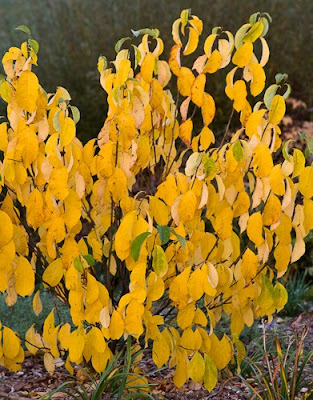In Ontario, traditional herbicides for killing dandelions, plus a host of other garden pesticides, have been banned for use and sale by the provincial government. There has been very little controversy about this in the news, which surprises me a bit. No doubt the abundance of really bad news - swine flu panic and the tanking economy - has kept the pesticide ban off the front pages.
So how law-abiding are Ontarians going to be? Well, there was a lot of stock-piling going on, according to one garden center owner in London, Ont. Apparently, the hoarding started last fall when the news came that weed killers would be gone this spring.
The researchers at the Guelph Turfgrass Institute Ontario's Turf had this to say about the new law:
2009 certainly promises to be an exciting year in the turfgrass industry particularly here in Ontario with the introduction of the new Cosmetic Pesticide Ban. Critics have suggested that the ban is being rolled out with insufficient information and support for both professional turf managers and homeowners. Those in support of the ban see it as an opportunity to rethink our approach to management of greenspaces in the province. It will be interesting to see public reaction to the ban as it has been overshadowed by the constant stream of negative economic news dominating the popular media. Time will tell.Dandelion control options: Here's the advice I have on my website about control of dandelions. (In case you're wondering, I do mention herbicides because most of my site visitors are in the US, where these products have not been banned.) More lawn care and weed control advice from the Guelph Turfgrass Institute dealing with the new reality is here.
Dandelions in the kitchen: If you can't beat them, eat them. South of the border, blogger and novice gardener Cindy Scott Day has been contemplating the humble dandelion as food. Her blog post traces how this yellow weed many of us love to loath came to North America as a food stuff. She even gives recipes. Read all about her explorations here.
Pesticides in agriculture: A farmer's point of view on possible ramifications.
























